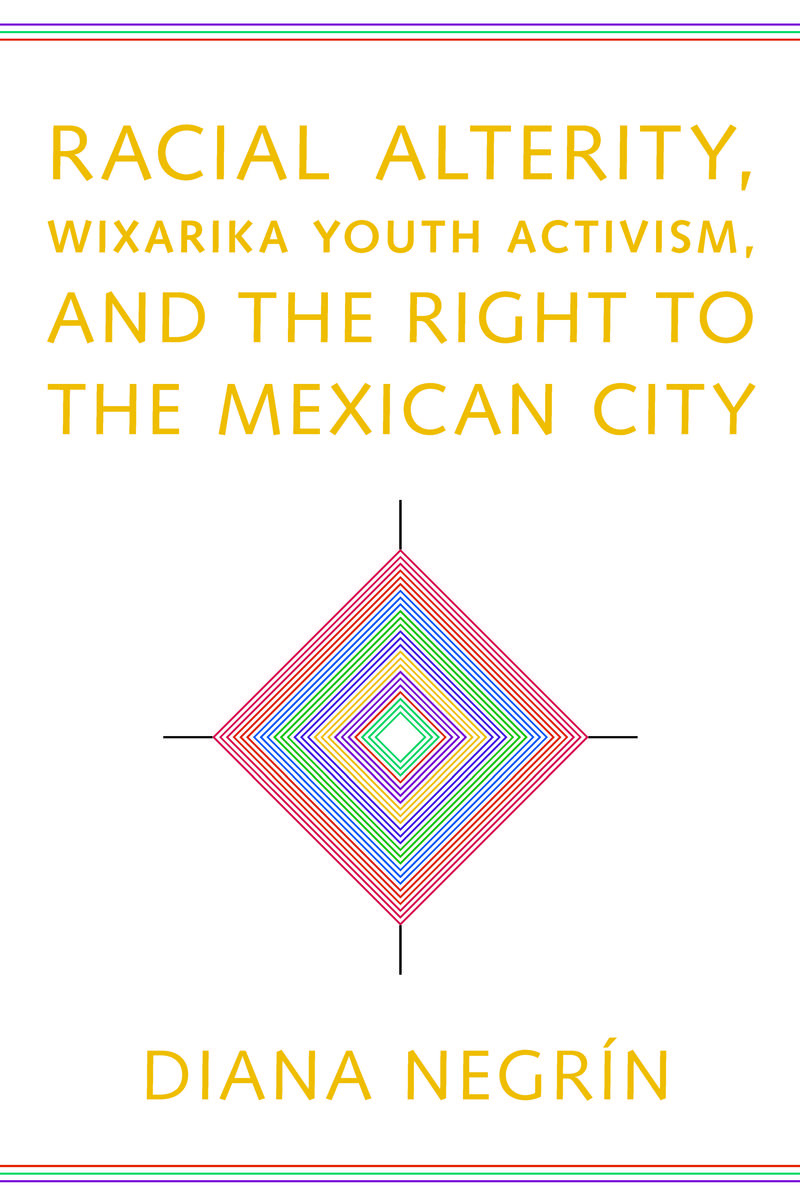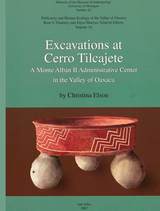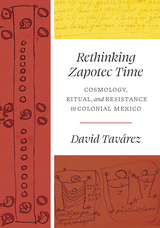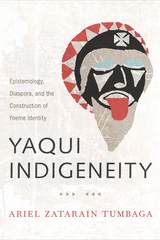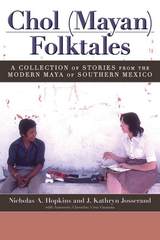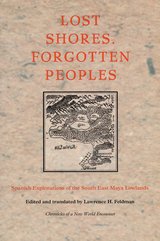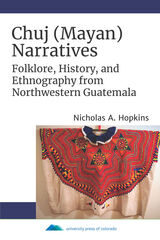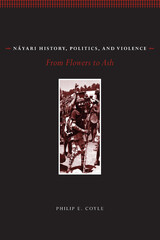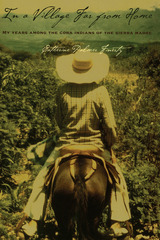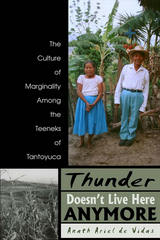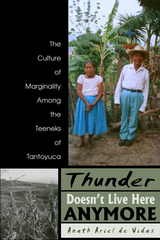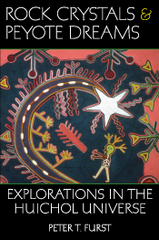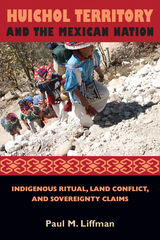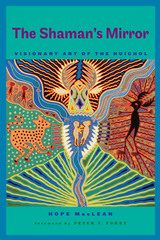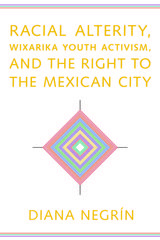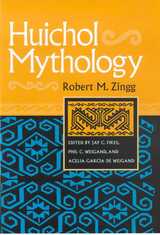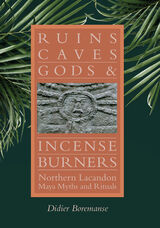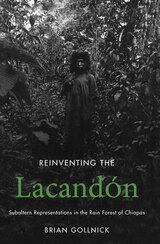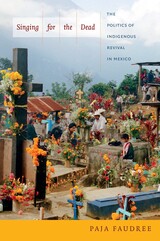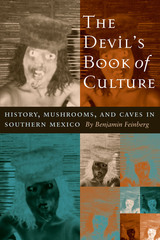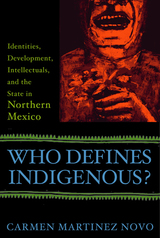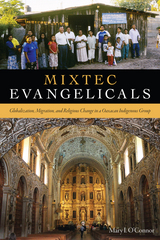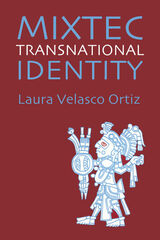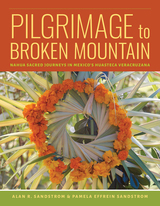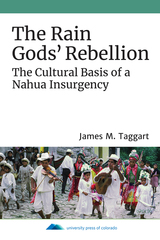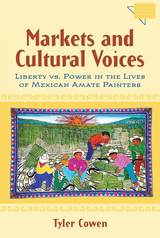Racial Alterity, Wixarika Youth Activism, and the Right to the Mexican City
University of Arizona Press, 2019
Cloth: 978-0-8165-4001-3 | eISBN: 978-0-8165-4059-4
Library of Congress Classification F1221.H9N43 2019
Dewey Decimal Classification 972.004974544072
Cloth: 978-0-8165-4001-3 | eISBN: 978-0-8165-4059-4
Library of Congress Classification F1221.H9N43 2019
Dewey Decimal Classification 972.004974544072
ABOUT THIS BOOK | AUTHOR BIOGRAPHY | REVIEWS | TOC
ABOUT THIS BOOK
While the population of Indigenous peoples living in Mexico’s cities has steadily increased over the past four decades, both the state and broader society have failed to recognize this geographic heterogeneity by continuing to expect Indigenous peoples to live in rural landscapes that are anathema to a modern Mexico.
This book examines the legacy of the racial imaginary in Mexico with a focus on the Wixarika (Huichol) Indigenous peoples of the western Sierra Madre from the colonial period to the present. Through an examination of the politics of identity, space, and activism among Wixarika university students living and working in the western Mexican cities of Tepic and Guadalajara, geographer Diana Negrín analyzes the production of racialized urban geographies and reveals how Wixarika youth are making claims to a more heterogeneous citizenship that challenges these deep-seated discourses and practices. Through the weaving together of historical material, critical interdisciplinary scholarship, and rich ethnography, this book sheds light on the racialized history, urban transformation, and contemporary Indigenous activism of a region of Mexico that has remained at the margins of scholarship.
This book examines the legacy of the racial imaginary in Mexico with a focus on the Wixarika (Huichol) Indigenous peoples of the western Sierra Madre from the colonial period to the present. Through an examination of the politics of identity, space, and activism among Wixarika university students living and working in the western Mexican cities of Tepic and Guadalajara, geographer Diana Negrín analyzes the production of racialized urban geographies and reveals how Wixarika youth are making claims to a more heterogeneous citizenship that challenges these deep-seated discourses and practices. Through the weaving together of historical material, critical interdisciplinary scholarship, and rich ethnography, this book sheds light on the racialized history, urban transformation, and contemporary Indigenous activism of a region of Mexico that has remained at the margins of scholarship.
See other books on: Huichol Indians | Indians of Mexico | Indigenous Studies | Right | Urban residence
See other titles from University of Arizona Press
